Factors influencing the adoption and charging of electric vehicles
CSFM Seminar with Dr. Davide Cerruti, Dr. Ursa Bernardic and Professor Massimo Filippini from the Center for Energy Policy and Economics (CEPE) on latest research results along with insights from Dr. Luca Castiglioni of SFOE/BFE on policy and research, and a industry perspective from Dr. Martin Everts, Managing Director of AMAG Energy & Mobility.
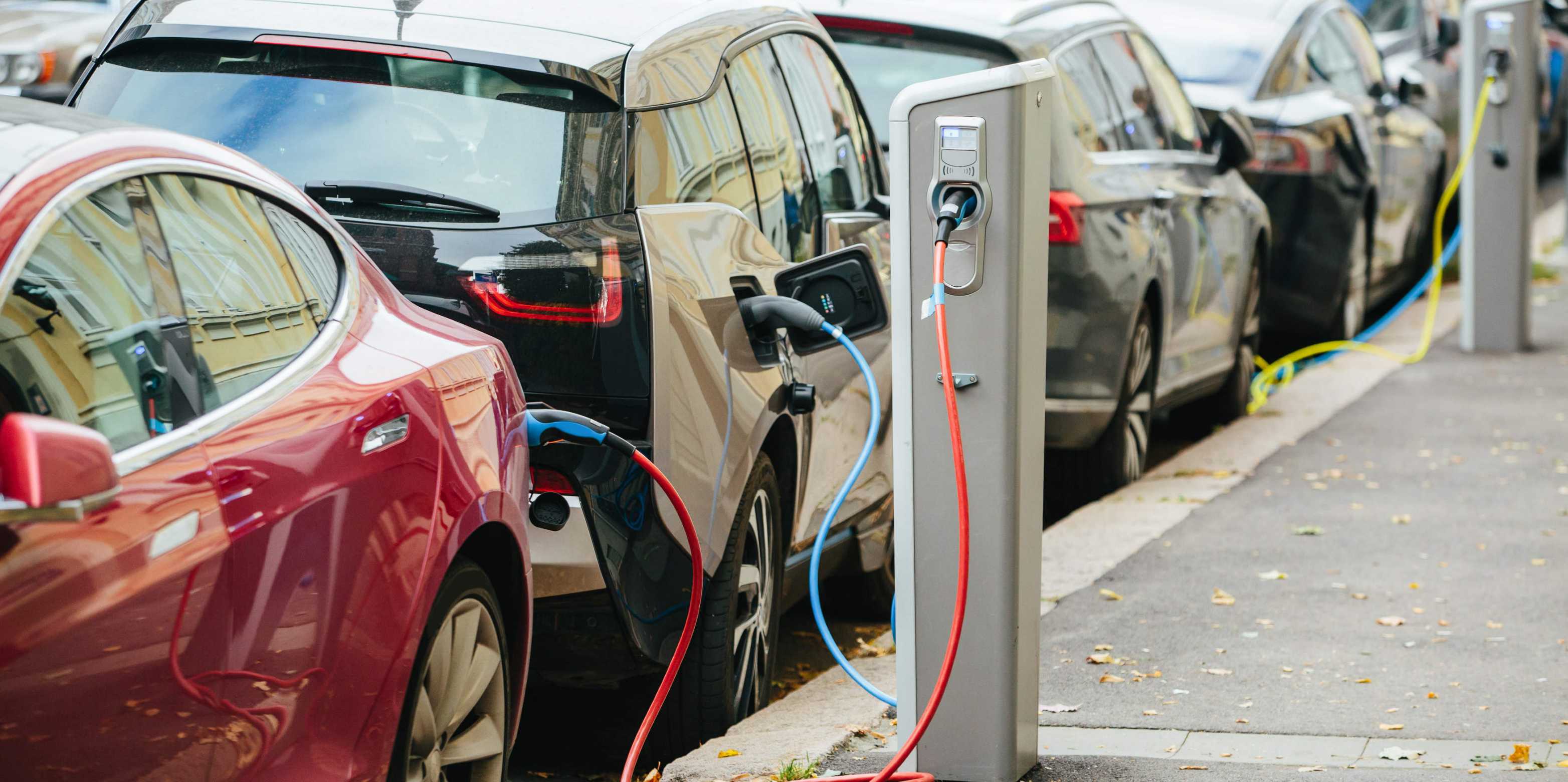
About
The electrification of private passenger transport is crucial to lower carbon emissions and air pollution from the transport sector; therefore, the mainstream deployment of battery electric vehicles (BEVs) seems critical to achieve current decarbonization goals.
At this seminar Davide Cerruti illustrated the impact of current incentives being used by different cantons, as well as how photovoltaic installations influence BEV adoption. The results suggest that some of these incentives were not as effective as initially expected, warranting further evaluation of such policies. Furthermore, the presence of solar panels is an important factor that can help fostering the BEV adoption. The presentation focused also on direct load control electricity tariffs and how their default introduction might help to mitigate the peak energy demand from BEVs.
Besides the economic incentives, psychological factors might also influence BEV adoption. Ursa Bernardic presented that most car owners have perceptual misperceptions which hinder the BEV adoption. Hence, addressing and correcting these psychological barriers and concerns with personalized targeting can be a scalable non-monetary intervention to increase EV adoption which can be implemented by policy makers, car manufactures, and dealerships.
Luca Castiglioni from the section Energy Research and Cleantech at the Swiss Federal Office of Energy (SFOE) shared insights related to CO2 emissions of the transportation sector and how they are meant to evolve based on current predictions. Based on the predicted evolution of the car fleet an important electricity storage capacity may be available in the future. This capacity has the potential to interact with the electricity grid. The Mobility Research section is promoting research on this potential.
Martin Everts from AMAG Energy & Mobility emphasized the potential of e-mobility to stabilize the grid fluctuations caused by the massive deployment of PV electricity generation in his talk. The company is accumulates important practical experience through commercializing e- vehicles and provides complete charging solutions, as well as operates a substantial amount of charging infrastructure throughout the country. With smart charging, a technology that allows delayed charging in a favourable time-slot, AMAG aims to optimise electricity costs for their customers and contributes significantly to the stability and security of the electricity grid.
The presentations were followed by a lively discussion moderated by Massimo Filippini and allowed the audience to pose questions and a discussussion with the experts. Several comments related to the potential of using BEVs to provide flexibility to the grid. It seems clear that smart solutions for bi-directional connection to the grid may be available, but adequate regulation and suitable business cases to deal with the additional complexity are critical, too. Additionally, the users ov BEVs may not be ready to cope with this complexity which should be provided by the Distribution System Operator (DSO) or the car companies.
Eventually, an exciting topic that brought together CSFM members from different departments, as well as representatives of industry and other academic institutions. Thanks to all the contributors and to the excellent audience.
If you missed the event or if you want to recap the presentations please have a look at the links below.
Impressions
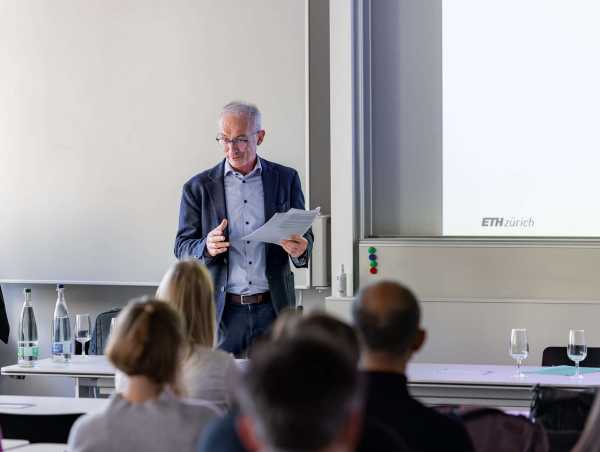 D. Cerruti (ETH Zurich)
D. Cerruti (ETH Zurich)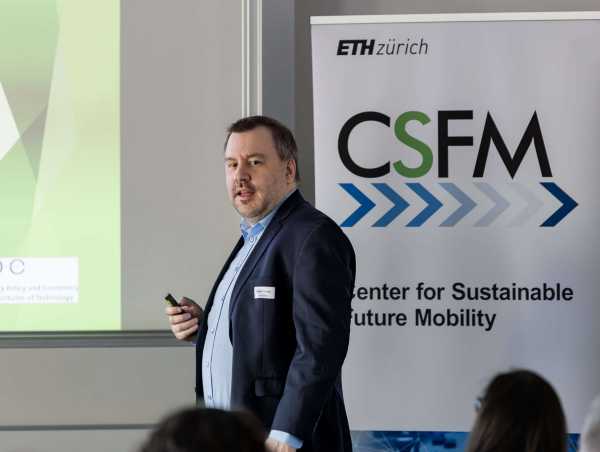 CSFM Seminar Series
CSFM Seminar Series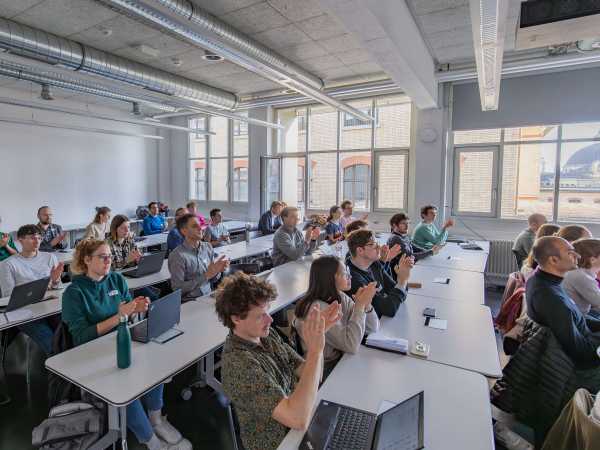 M. Filippini (ETH Zurich)
M. Filippini (ETH Zurich)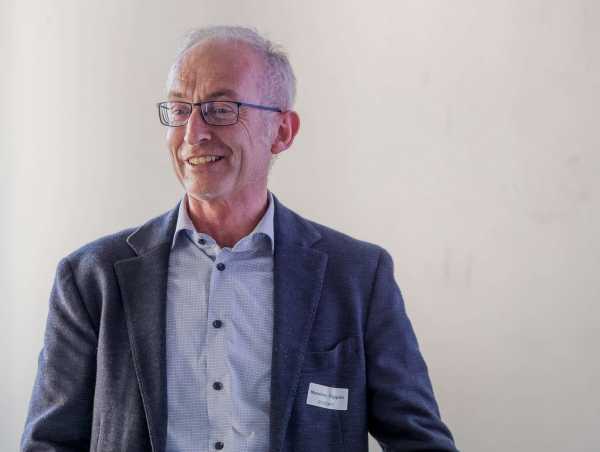 U. Bernardic (ETH Zurich)
U. Bernardic (ETH Zurich)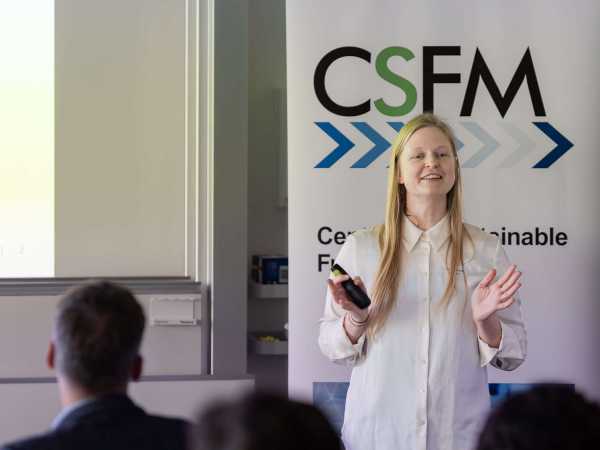 U. Bernardic (ETH Zurich)
U. Bernardic (ETH Zurich)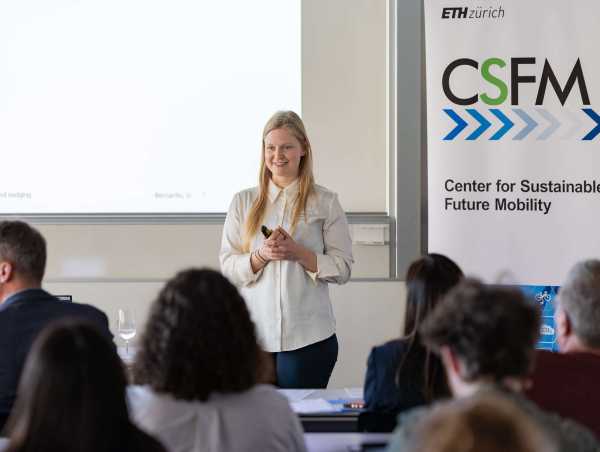 U. Bernardic (ETH Zurich)
U. Bernardic (ETH Zurich)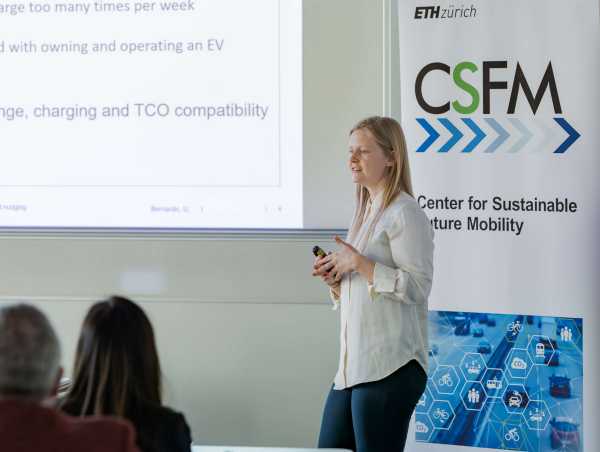 CSFM Seminar Series
CSFM Seminar Series M. Filippini (ETH Zurich)
M. Filippini (ETH Zurich)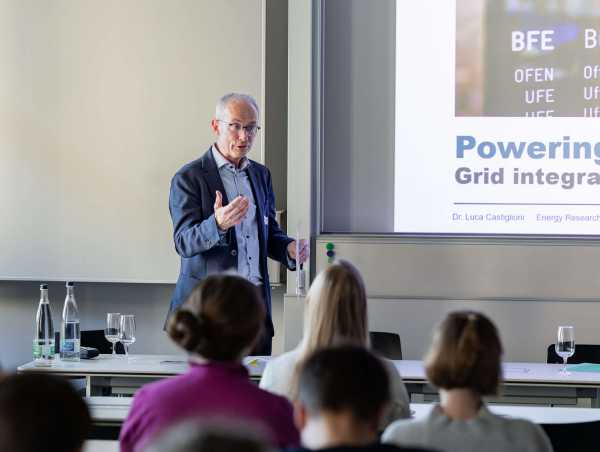 CSFM Seminar Series
CSFM Seminar Series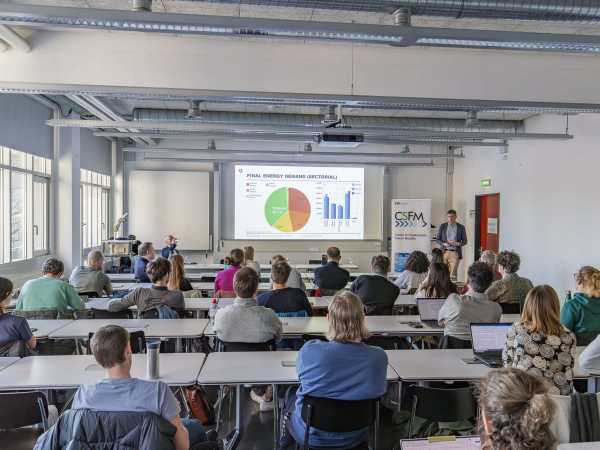 L. Castiglioni (SFOE)
L. Castiglioni (SFOE) M. Everts (AMAG)
M. Everts (AMAG)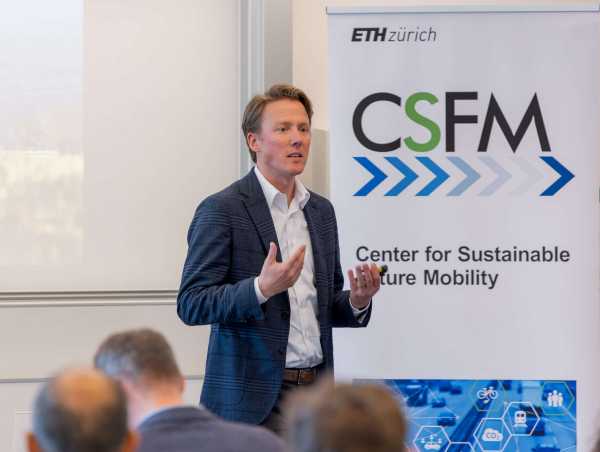 M. Everts (AMAG)
M. Everts (AMAG) M. Everts (AMAG)
M. Everts (AMAG)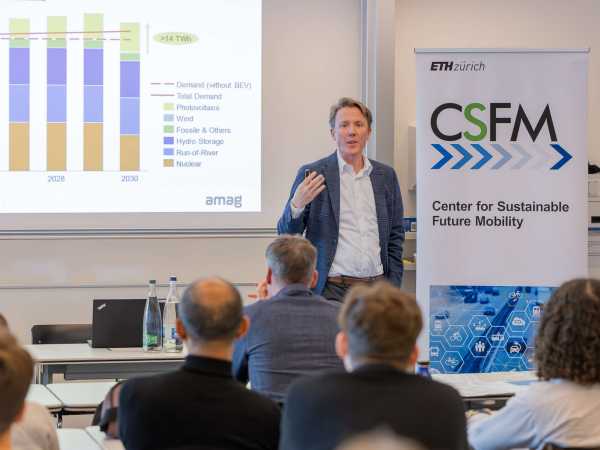 M. Filippini (ETH Zurich)
M. Filippini (ETH Zurich) M. Everts (AMAG)
M. Everts (AMAG) L. Castiglioni (SFOE)
L. Castiglioni (SFOE)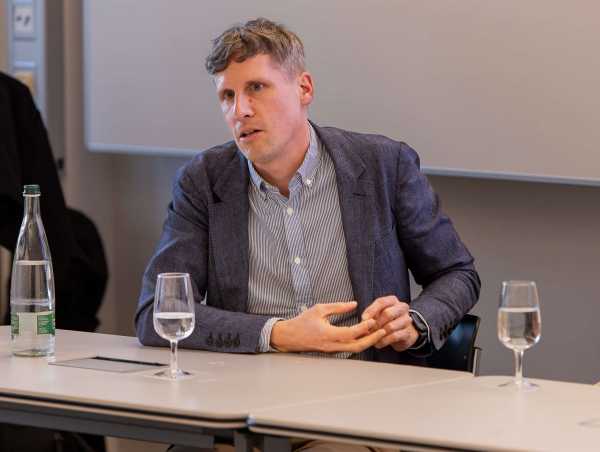 M. Filippini (ETH Zurich)
M. Filippini (ETH Zurich) CSFM Seminar Series
CSFM Seminar Series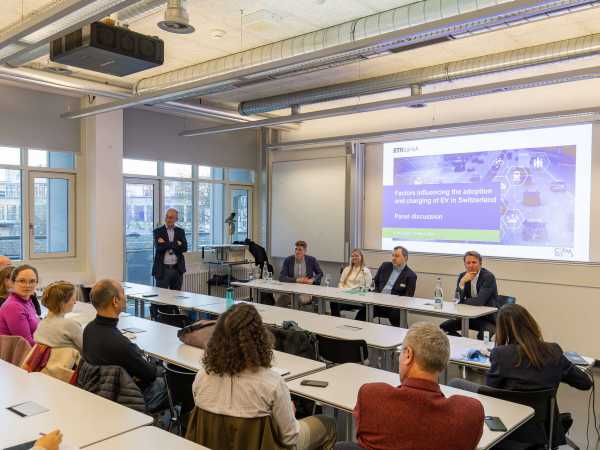 M. Everts (AMAG)
M. Everts (AMAG)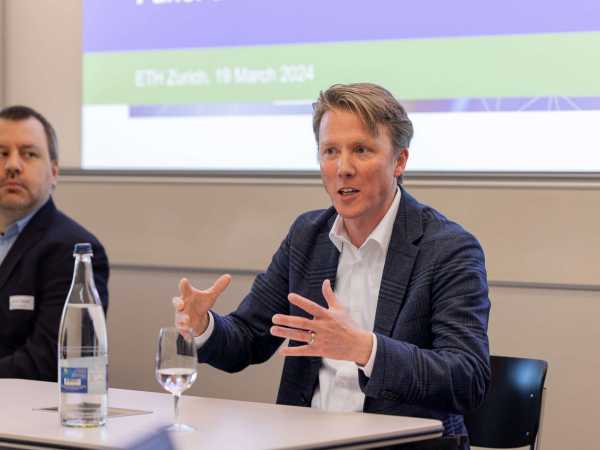 L. Castiglioni (SFOE)
L. Castiglioni (SFOE) U. Bernardic (ETH Zurich)
U. Bernardic (ETH Zurich)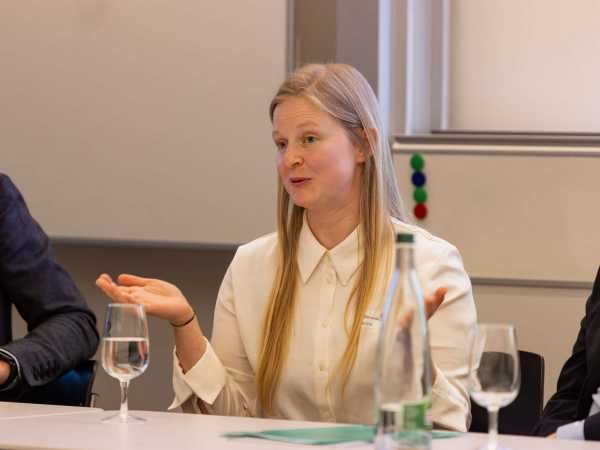 U. Bernardic (ETH Zurich)
U. Bernardic (ETH Zurich)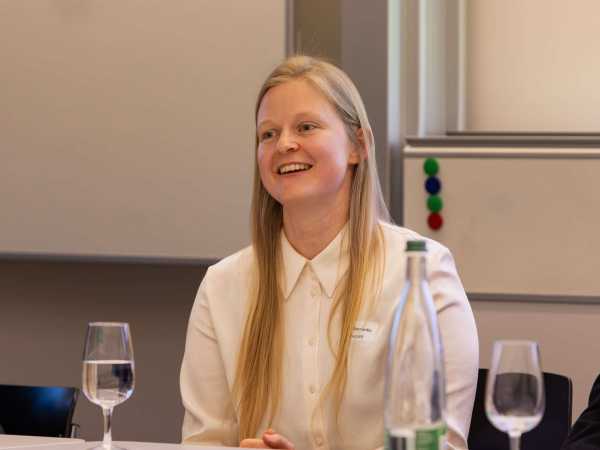 CSFM Seminar Series
CSFM Seminar Series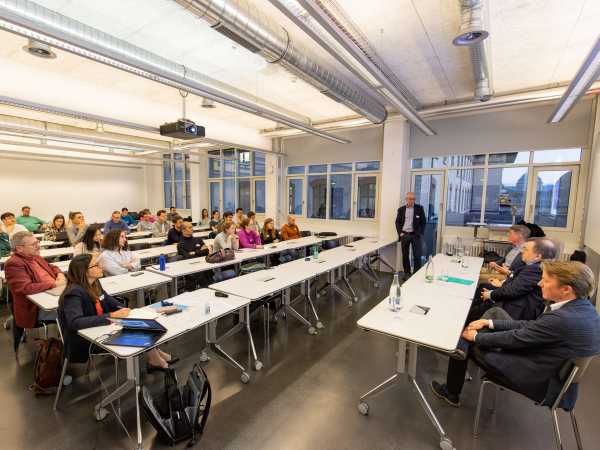 CSFM Seminar Series
CSFM Seminar Series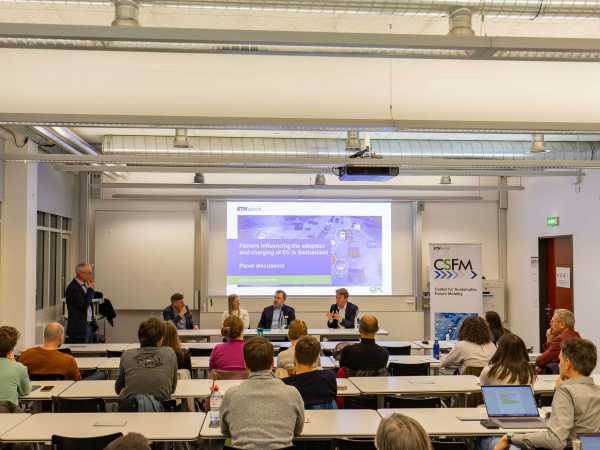 G. Romera (ETH Zurich)
G. Romera (ETH Zurich)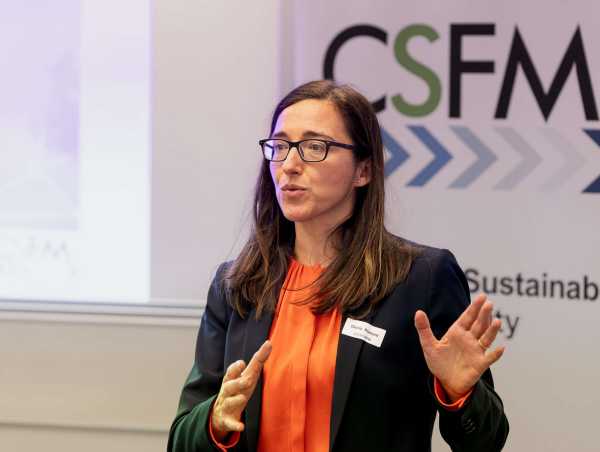 CSFM Seminar Series
CSFM Seminar Series CSFM Seminar Series
CSFM Seminar Series CSFM Seminar Series
CSFM Seminar Series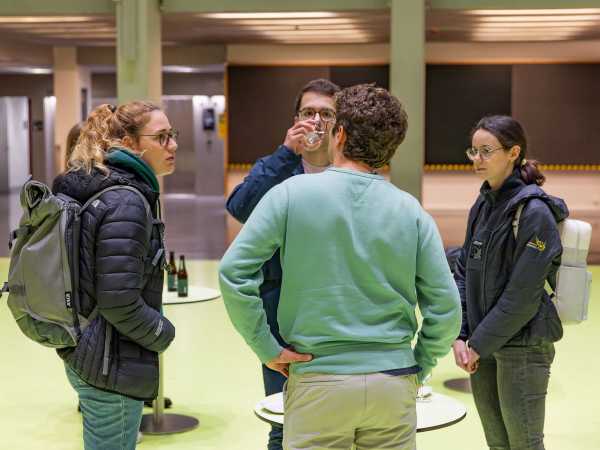 CSFM Seminar Series
CSFM Seminar Series CSFM Seminar Series
CSFM Seminar Series CSFM Seminar Series
CSFM Seminar Series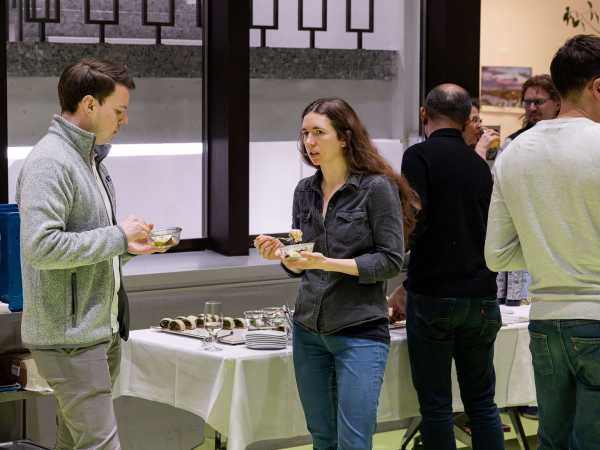 CSFM Seminar Series
CSFM Seminar Series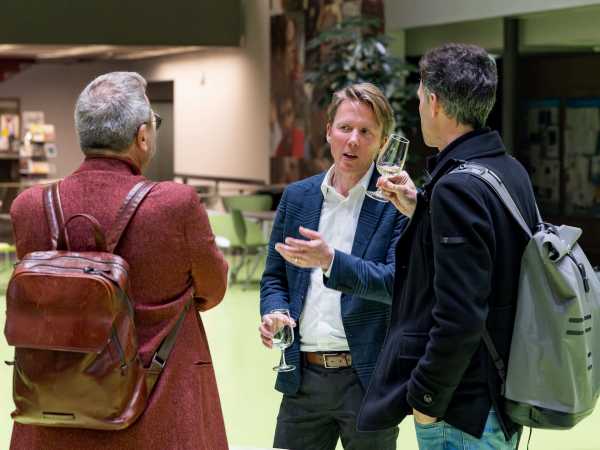 CSFM Seminar Series
CSFM Seminar Series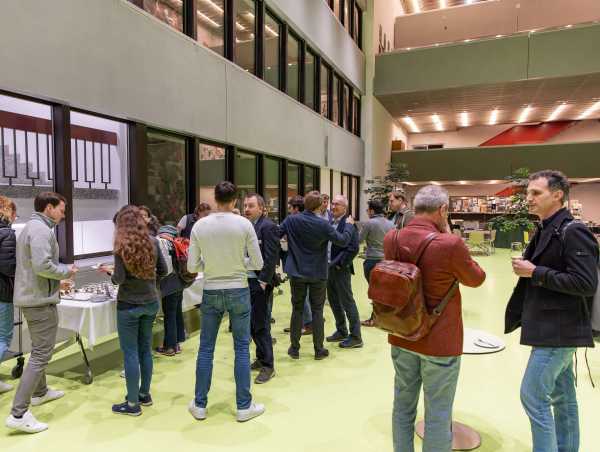 CSFM Seminar Series
CSFM Seminar Series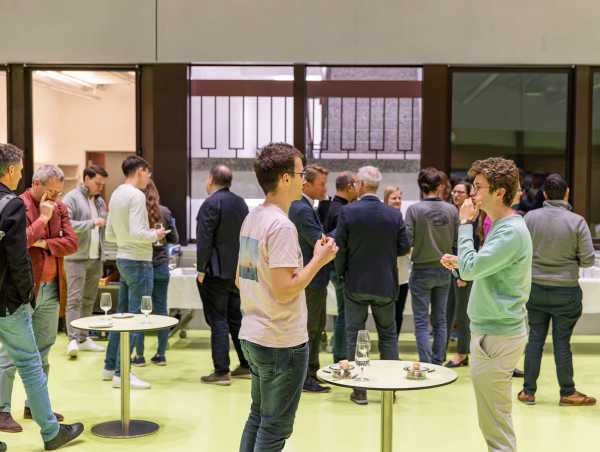 CSFM Seminar Series
CSFM Seminar Series CSFM Seminar Series
CSFM Seminar Series CSFM Seminar Series
CSFM Seminar Series CSFM Seminar Series
CSFM Seminar Series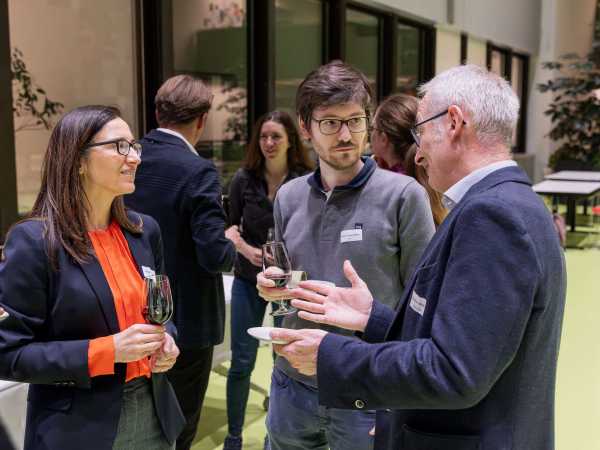 CSFM Seminar Series
CSFM Seminar Series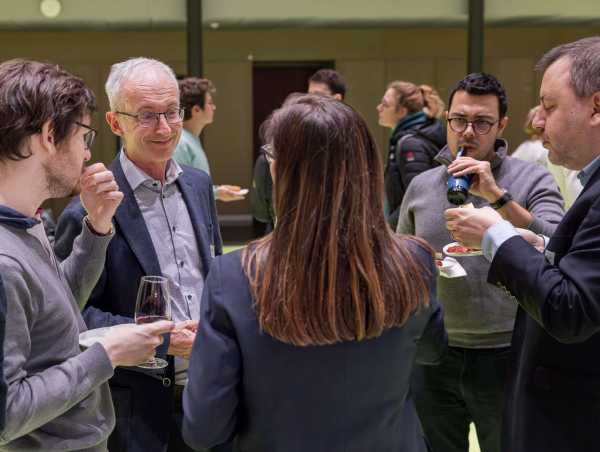 CSFM Seminar Series
CSFM Seminar Series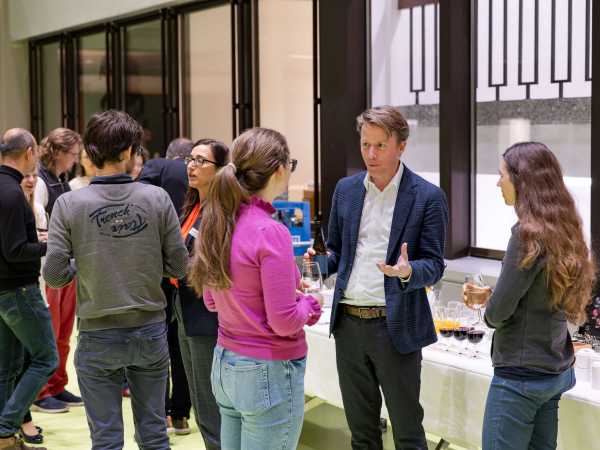
Short bios and abstracts
Davide Cerruti is a researcher at the Centre for Energy Policy and Economics. His main fields of specialization are the analysis of public policies related to the transport and energy sector. He has published various scientific papers and book chapters on vehicle taxation and on measures to foster decarbonization of the transport sector in Switzerland and around the world.
The first part of the talk will focus on two policy measures used by Swiss cantons in recent years to promote the adoption of battery electric vehicles (BEV): purchase subsidies and discounts on the cantonal vehicle circulation tax. By analyzing policy changes and vehicle registration data in a regression framework, we find that purchase subsidies help promoting BEVs while circulation tax discounts are not effective. A possible explanation for that is the lower visibility of tax discounts at the moment of purchasing a car. When the market share of new BEVs is already a few percentage points high, purchase subsidies become less cost-effective in promoting the adoption of BEVs. Conversely, when the share of BEVs is relatively low, the policy might be cost-effective. We find also that the installation of solar PV has a positive influence on the adoption of BEVs: subsidies that promote the adoption of solar panels may have also an impact on the adoption of BEVs.
The second part of the talk will focus on direct load control (DLC) electricity tariffs, used by certain electric utilities in Switzerland to reduce peak electricity demand. With a DLC tariff, customers receive compensation for allowing the electricity provider to control the functioning of some large electrical devices, such as charging stations and heat pumps, during peak hours. We run a field experiment with the customers of an electricity company in Switzerland, investigating whether giving the customers more information on a DLC tariff or taking charge of the organization and installation cost of the DLC remote control switch system increases the subscription rates for this special tariff. We find that more information about a DLC tariff provided with a video and taking charge of the organization and installation cost are increasing the adoption of DLC tariffs, although these increases are modest. While the effect of taking charge of the organization and installation cost was more important than the information treatment, the installation cost treatment is also more expensive. Therefore, an information treatment based on video can be a valid strategy as well to promote the adoption of DLC tariffs.
Ursa Bernardic is a Post-Doctoral researcher at the Centre for Energy Policy and Economics, with expertise in decision-making research. She leverages interdisciplinary approaches, including neuroeconomics, marketing, and cognitive science, to conduct experiments that inform sustainable consumption strategies.
Replacing combustion engine vehicles with battery electric vehicles (BEVs) is essential to achieve climate objectives and advancing sustainable transportation, aligning with the United Nations Development Goals and the Paris Agreement. In this project, we identify three perception biases linked to EV adoption and address them with personalized non-monetary information treatments to increase the adoption of BEVs among owners of internal combustion engine vehicles. In a randomized controlled trial with 3181 car owners, we measure the extent of perception biases about range anxiety, charging anxiety, and total cost of ownership (TCO). We find that individuals have strong misperceptions related to these three aspects. In a randomized control trial setting, we then introduce three personalized information interventions to correct each of these biases, based on actual driving and parking behavior. Our results show that these treatments, and especially the TCO information treatment, are effective in increasing purchase preferences toward BEVs.
Luca Castiglioni has been Head of the Mobility Research Division at the Swiss Federal Office of Energy (SFOE) since 2020, focusing in particular on the grid integration of e-mobility. He previously worked as a lecturer in physics at the University of Zurich, where he also conducted research in the field of elementary energy conversion processes - including at PSI and UC Berkeley. He studied at ETH Zurich, where he also obtained his doctorate in physical chemistry. In addition to his academic career, he has worked for start-ups and technology companies and is involved in various boards of directors and advisory boards.
The rapid spread of electromobility poses a certain challenge for the energy system and the electricity grid. The SFOE expects more than half of the Swiss vehicle fleet to be electrified by 2035. This corresponds to a considerable additional demand for electrical energy in the order of 7 TWh. However, the growth of electromobility and the expansion of renewable energies, especially photovoltaics, go hand in hand.
Dr. Martin P. Everts is Managing Director Energy & Mobility at AMAG Group AG since 2022. As a member of the executive board, he is responsible for the Energy and Electromobility divisions as well as the subsidiaries Helion Energy AG and Clyde Mobility AG.
Before joining the AMAG Group, Martin Everts held various management positions at Axpo Holding AG. In his last position as Head of Strategy & Transformation, he was responsible for the development of Group strategy, the energy industry and the areas of technology management, digitalization and innovation.
In addition, Martin Everts is an entrepreneur and has been active in various start-ups. He is also involved in teaching and research, and has published several articles on topics relating to the international energy industry.
Massimo Filippini is a Full Professor in Economics and has a joint professorship at the ETH Zurich and the Università della Svizzera Italiana since October 1999. He is the director of the Centre for Energy Policy and Economics (CEPE) and member of the Center for Economic Research (CER-ETH) at ETH Zurich. Furhtermore, he has positions as research affiliate at the Center for Energy and Environmental Policy Research (MIT), coordinator of the network Empirical Methods in Energy Economics (EMEE), and member of the board of Country Representatives of the European Association of Environmental and Resource Economists (EAERE). Professor Filippini´s main fields of specialization are: energy economics and policy, behavioral economics, applied econometrics, and public economics.

